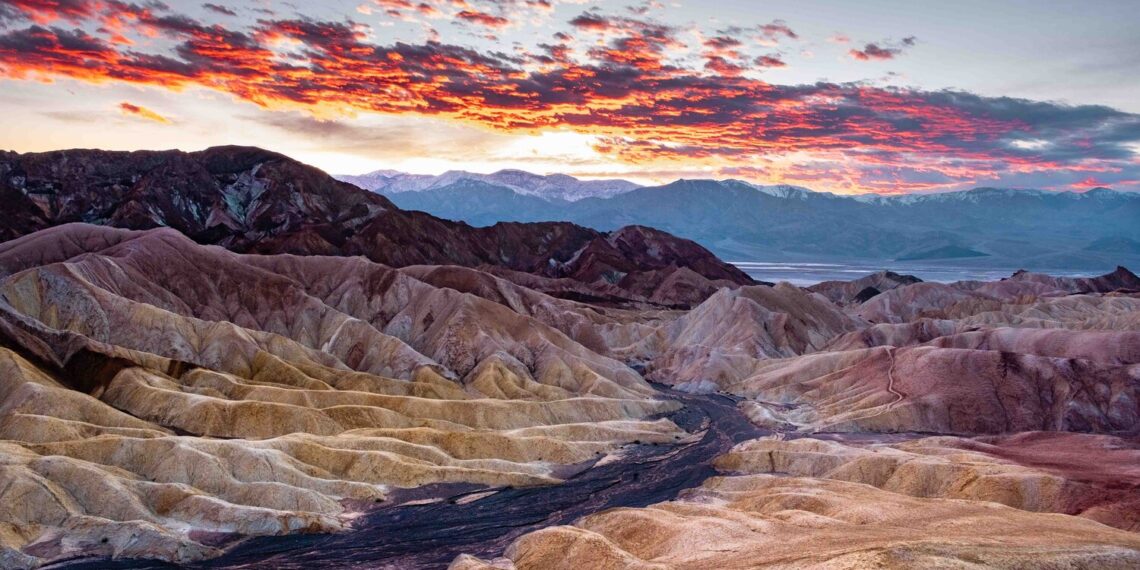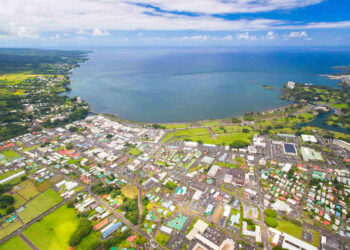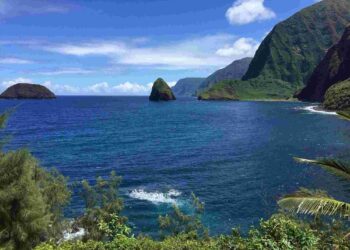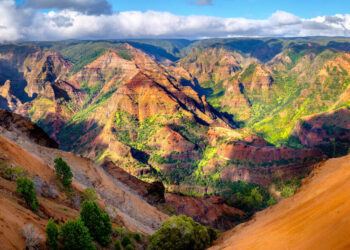Death Valley doesn’t whisper—it roars with nothing, a vastness that swallows sound and spits back heat. It’s cracked earth gleaming under a relentless sun, dunes that drift like ghosts, mountains that stand watch over a wasteland. This isn’t a pit stop; it’s for the wanderers who crave the bare, the seekers who taste the dust, the ones who’d rather face the void than frame it. Death Valley seeps in—eyes aching from the shimmer, lungs grabbing at parched air, spirit swaying toward something fierce and boundless. And there’s more: gullies where rocks glow red, pools that mock the drought, moments where the stars blaze and the valley feels like the edge of the world. Death Valley doesn’t drift off; it sticks, a dry sting you carry like a sunburned shadow.
Stretching over 3.4 million acres along California’s eastern fringe into Nevada, Death Valley National Park is the continent’s brutal crown—lowest, hottest, driest. It’s a furnace of desolation—no towns, just echoes of what was and the bones of what might’ve been. Whether you’re here to trek the flats, chase the horizon, or just let the emptiness sink in, it’s got a hold that’s rough and real.
Fun Fact: The name stuck when a ‘49er wagon train dubbed it their near-doom—yet the Timbisha Shoshone thrived here forever, calling it “tüpippüh,” or “land of the rock.”
How to Get There
Flying In
Death Valley’s a haul, but not impossible. Las Vegas’s Harry Reid International is your best shot, two hours southeast—flights from San Francisco or LA land in an hour, Phoenix two, east coast five or six. Snag a car; the desert’s no place for waiting. Fresno’s airport, three hours west, works if you’re threading through the Sierra—either way, the drive’s your bridge to the wild.
Driving the Burned Path
If you’re steering in, take I-15 north from Vegas to 160, then 190 west—two hours of scrub turning to scorched earth, the valley opening like a wound. From LA, it’s four hours east on I-14 to 395, then 190—past Joshua trees, air thickening with heat. The roads are stark—fill the tank, check the tires; this land doesn’t forgive.
Things to Do in Death Valley
Zabriskie Point
Zabriskie Point’s a jagged perch—eroded hills ripple gold and black, Badwater Basin sprawls below. Dawn paints it surreal; the wind’s a low moan. It’s a quick pull-off from 190—stand there, let the scale crush you.
Golden Canyon
Golden Canyon’s a slot of fire—walls streaked yellow and rust, twisting a mile or two in. Hike it; the stone’s warm, the quiet’s thick. Spring might flush it green for a blink—mostly, it’s a furnace maze that dares you deeper.
Telescope Peak
Telescope Peak towers at 11,049 feet—the park’s high mark. A 14-mile round-trip trail from Mahogany Flat climbs through pines to a summit where the valley lies gutted below. It’s a grind—snow lingers late—but the view’s a gut-punch.
The Racetrack
The Racetrack’s a trek—27 miles of dirt off Ubehebe Crater to a playa where rocks slide on their own. No one’s caught them moving, but the trails scar the mud. Bounce in with a high-clearance rig; the mystery’s worth the jolt.
Devil’s Golf Course
Devil’s Golf Course is a salt-crusted chaos—jagged crystals sharp enough to shred. Walk it careful; the ground pops and cracks, heat radiating up. It’s alien, brutal, and the name fits—only the devil could play here.
Dive into Death Valley’s Story
Death Valley’s got a heartbeat older than its scars. The Timbisha Shoshone fished its rare waters, wove baskets from mesquite, lived lean and long. Then the Gold Rush stumbled through—lost souls naming it in terror, borax mules grinding out a living. Ghost towns like Skidoo crumbled fast; now it’s a park since ‘33, rangers spinning tales of miners and nomads etched in the shale. The past simmers here, carried on the blistering gusts.
Where to Stay
Death Valley’s got beds, few and far. Here’s the lay:
The Inn at Death Valley
The Inn’s an oasis in Furnace Creek—stone walls, spring-fed pool, views that stretch to the Panamints. It’s luxe in a wasteland, costly but cool; the night’s hush is pure.
Panamint Springs Resort
Panamint Springs squats on the west rim—cabins, motel, grit. It’s rough, cheap, and the stars burn bright; the desert’s edge feels close enough to touch.
Furnace Creek Campground
Furnace Creek Campground’s bare-bones—tents or RVs, sites under tamarisk shade. It’s central, affordable, and the heat’s your roommate; wake up to the valley’s glare.
Death Valley Eats
The valley’s food is sparse and bold—scraped from the edge, tasting of survival. Here’s the bite:
Bighorn Chili
Bighorn chili’s a slow burn—game meat, chiles, beans stewed thick. It’s tough, warm, and carries the wild in every spoonful.
Pinyon Nut Brittle
Pinyon nut brittle cracks sweet—local pine nuts locked in sugar. It’s crunchy, earthy, a taste of the hills.
Agave Roast
Agave roast is rare—heart of the plant, slow-cooked, smoky and strange. It’s the desert’s gift, chewy and fierce.
Wrapping Up
Death Valley’s a stark slab of heat and stone, where the days blister and the nights stab cold. It’s endless waste meeting cracked peaks, old whispers baked into the salt, and a stillness that shakes you awake. Whether you’re chasing a sliding rock, peering from a ridge, or just swallowing the dry, it claws in deep. Death Valley’s not a flyby—it’s a rough, wild yank that lingers, pulling you back to its furnace long after the sand’s shaken loose.











